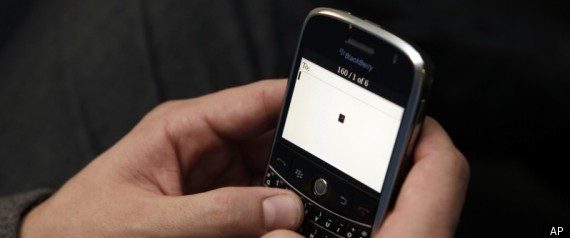Bullies and those being bullied are more likely to be experiencing family violence at home, a new report issued by the CDC (Centers for Disease Control and Prevention) and prepared together with the Massachusetts Department of Public Health has found. The researchers found that among middle and high school pupils across the state, encounters of family violence were more common among young people who had both taken part in bullying and been victims of it.
Since the two suicides in 2009 – Phoebe Prince, 15, in South Hadley, and Carl Joseph Walker-Hoover, in Springfield – bullying has been a big theme in Massachusetts, leading to anti-bullying laws in 2010 which ban bullying both online and in schools. Since the new legislation, schools have had to develop bullying intervention and prevention policies.
The CDC’s Morbidity and Mortality Weekly Report (MMWR) report explains that a growing body of evidence has been linking family violence with bullying. The authors write that they gathered and analyzed data from the Massachusetts Youth Health Survey (2009), an anonymous, paper and pencil survey carried out every 24 months.
There are considerable differences in risk factors contributing to individuals involved in varying categories of bullying, compared to those who have never been active bullies or victims of it.
The AORs (adjusted odds ratios) for middle school pupils for being physically hurt by a member of the family were:
-
-
- 2.9 for victims
- 4.4 for bullies
- 5 for bully victims
-
For being witnesses of family violence the AORs were:
- 2.6 for victims
- 2.9 for bullies
- 3.9 for bully victims
The authors say adjustments were made for factors which might alter the figures, such as the individuals age, sex, race and ethnicity.
The AORs for high school pupils for witnessing violence in the family were:
-
-
- 2.8 for victims
- 3.8 for bullies
- 5.4 for bully victims
-
For being witnesses of family violence the AORs were:
- 2.3 for victims
- 2.7 for bullies
- 6.8 for bully victims
In order to develop effective bullying intervention and prevention strategies, the authors say schools and health departments are finding that it is vital to include involvements in families.
The Massachusetts Youth Health Survey defines bullying as being “repeatedly teased, threatened, hit, kicked, or excluded by another student or group of students.”
In the Massachusetts Youth Health Survey, which involves hundreds of schools in the state, pupils were asked two questions (among many):
- Over the last year, how often have you been bullied at school?
They could answer from 0 to at least 12 times.
Pupils who said they had been bullied at least once were categorized as victims. - “Did you do any of the following over the last year? a) Bully or push someone around, and b) Initiate or start a physical fight with someone.
This second question was asked immediately after the student answered the first.
Students answered with a simple yes or no to both questions. An individual who answered yes to question “a” was categorized as a bully. Those who answered yes to question “b” were not classed as bullies because there was not enough deter to determine.
The researchers gathered the data they received from the two bullying questions and created four categories:
- Bullies – those who had bullied, but had not been bullied
- Victims – those who had been bullied, but had not bullied
- Bully-victims – those who had bullied and had also been bullied
- Neither – those who had neither been bullied nor bullied
Below are some highlighted results from this study:
- Victims of bullying – 26.8% of middle school and 15.6% of high school students
- Victims – 7.5%% of middle school and 8.4% of high school students
- Bully victims – 9.6% of middle school and 6.5% of high school students. There was no significant difference between male and female rates.
- Neither – 50.6% of middle school and 69.5% of high school students.
- Males bullies – 9.9% of middle school and 12.1% of high school students
- Female bullies – 5% of middle school and 4.8% of high school students
- Male victims – 24.1% of middle school and 13.3% of high school students
- Female victims – 29.8% of middle school and 17.8% of high school students
A higher percentage of bully-victims were exposed to violent family encounters compared to bullies.
The authors wrote that those associated with bullying are more likely to be involved in substance abuse, attempt or consider suicide, and have poor academic grades.
It was clear that bullies and their victims were much more likely to be physically hurt by a member of the family, or witness family violence compared to those who claimed they had never been bullied.
The authors wrote:
“A comprehensive approach that encompasses school officials, students and their families is needed to prevent bullying among middle school and high school students.”
“Bullying Among Middle School and High School Students – Massachusetts, 2009”
Morbidity and Mortality Weekly Report (MMWR) April 22, 2011 / 60(15);465-471


 Teachers will today call for an investigation into rising levels of poor behaviour among girls in the classroom.
Teachers will today call for an investigation into rising levels of poor behaviour among girls in the classroom.
 WASHINGTON — After a rash of suicides linked to
WASHINGTON — After a rash of suicides linked to 